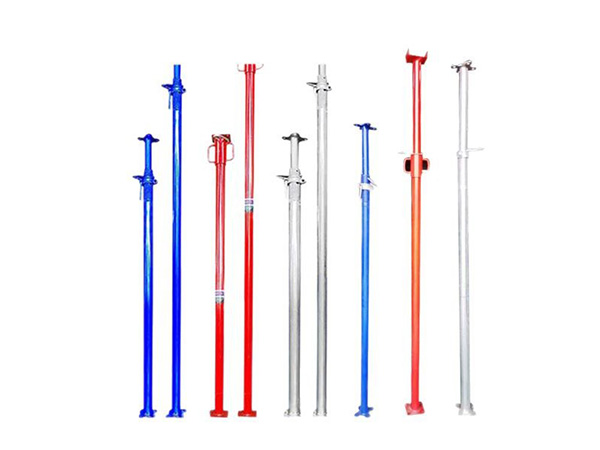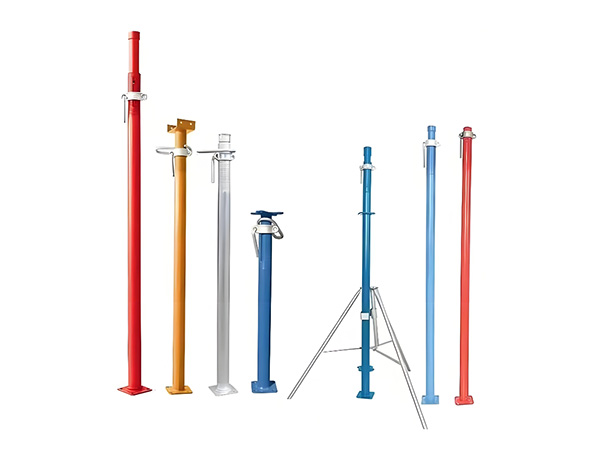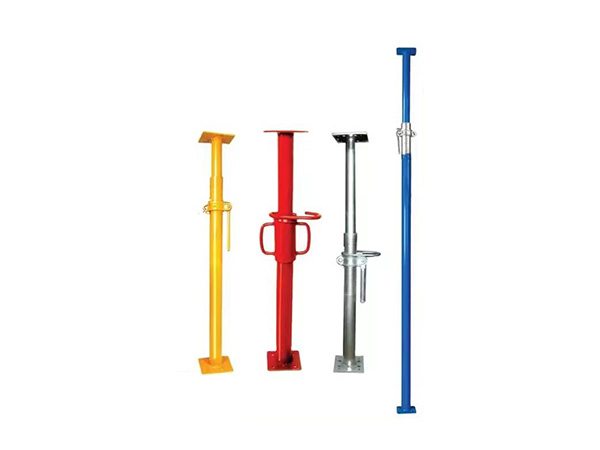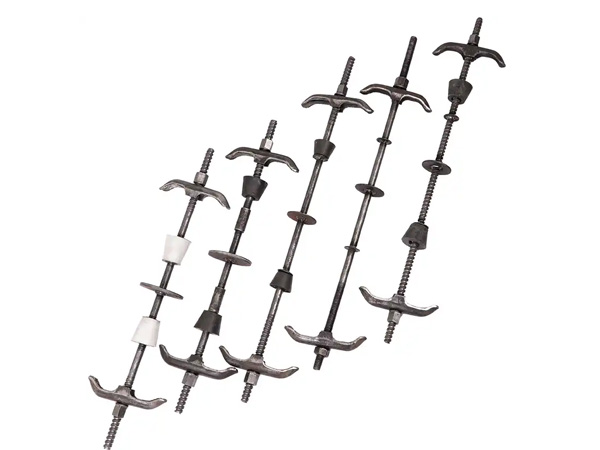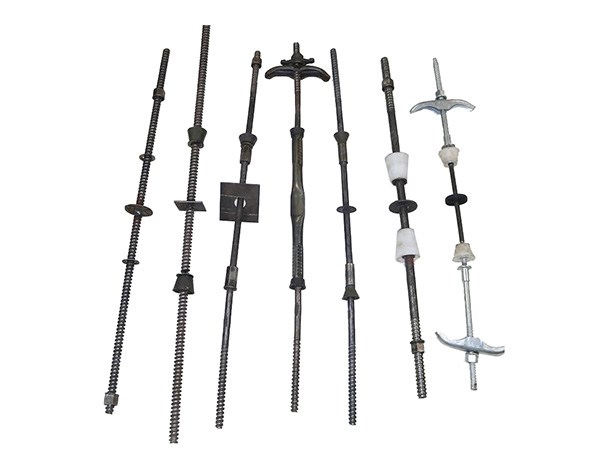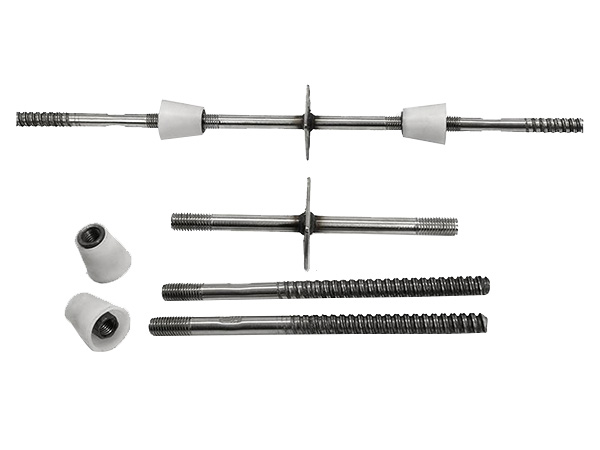- Site Navigation -
NEWS LIST
How Is Galvanizing Applied to Steel Supports for Durability?
Author:yicheng Date:2025-09-03 18:10:23 Hits:79
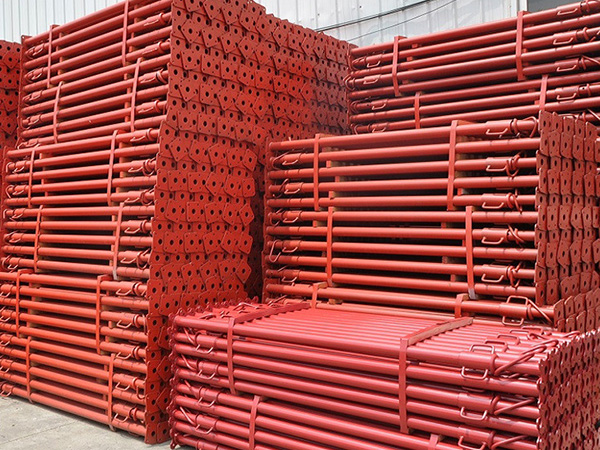
Galvanizing is a widely used anti-corrosion treatment for steel supports,creating a durable,zinc-based coating that shields the underlying steel from moisture,oxygen,and harsh environmental factors(e.g.,saltwater,industrial fumes).The most common method for steel supports—especially large or complex components like bridge girders,building columns,or truss members—is hot-dip galvanizing(HDG),which produces a thicker,more adherent coating than other techniques(e.g.,electrogalvanizing).Below is a detailed breakdown of the HDG process,from pre-treatment to post-inspection,tailored to steel supports:
1.Pre-Treatment:Prepare the Steel Surface(Critical for Coating Adhesion)
The success of galvanizing depends entirely on removing contaminants from the steel surface—any rust,oil,or scale will prevent zinc from bonding uniformly,leading to weak spots or coating failure.This stage involves 4 sequential steps:
Step 1:Degreasing(Solvent or Alkaline Cleaning)
Purpose:Eliminate oils,greases,or machining fluids left on the steel during manufacturing(e.g.,from cutting,welding,or handling).These substances act as barriers between zinc and steel.
Process:Steel supports are immersed in a heated(50–80°C)alkaline solution(e.g.,sodium hydroxide)or sprayed with a solvent.For large supports(e.g.,10m-long bridge beams),specialized tanks or pressure washers are used to ensure full coverage,even in crevices(e.g.,bolt holes,weld gaps).
Outcome:A grease-free surface that allows subsequent cleaning steps to work effectively.
Step 2:Pickling(Acid Etching)
Purpose:Remove rust(iron oxide),mill scale(a hard,brittle oxide layer formed during steel rolling),and surface impurities(e.g.,dirt,oxides from welding).
Process:The degreased steel is submerged in a dilute acid bath—typically hydrochloric acid(HCl,18–22%concentration)at 40–60°C.Pickling time varies by steel thickness and scale severity:thin supports(e.g.,5mm-thick plates)may take 10–15 minutes,while thick columns(e.g.,50mm-diameter)could require 30–45 minutes.
Key Note:After pickling,the steel develops a uniform,slightly rough“active”surface—this texture enhances mechanical bonding with the zinc coating.
Step 3:Rinsing(Water Washing)
Purpose:Remove residual acid and dissolved scale from the steel surface to prevent acid corrosion(which would damage the steel before galvanizing).
Process:The steel is first rinsed in cold tap water,then in a second bath of hot deionized water(60–70°C).For complex supports(e.g.,lattice trusses with narrow gaps),high-pressure water jets may be used to flush trapped acid from hard-to-reach areas.
Step 4:Fluxing(Surface Activation)
Purpose:Create a protective,temporary layer that prevents the clean steel from rusting(oxidizing)before it enters the molten zinc bath.The flux also helps dissolve any remaining trace oxides and promotes zinc wetting(spreading)on the steel.
Process:The rinsed steel is dipped in a zinc ammonium chloride flux solution(20–30%concentration)at 60–80°C.The flux dries quickly on the steel surface,forming a white,powdery film that acts as a barrier against oxygen.
Critical Timing:After fluxing,the steel must be transferred to the zinc bath within 10–15 minutes—delays can cause the flux to degrade,leading to rust formation.
2.Hot-Dip Galvanizing:Immerse in Molten Zinc
This is the core step,where the pre-treated steel reacts with molten zinc to form a multi-layered,corrosion-resistant coating.
Step 1:Prepare the Zinc Bath
A large,heat-resistant tank(typically made of mild steel lined with refractory material)is filled with 90%pure zinc and heated to 445–465°C(below zinc’s boiling point of 907°C).The temperature is tightly controlled—too low,and the zinc becomes too viscous to flow;too high,and the coating becomes thin and brittle.
For large steel supports(e.g.,bridge piers),the tank must be sized to accommodate the full length/width of the component.Some facilities use overhead cranes to lower and lift the supports into the bath safely.
Step 2:Immerse the Steel
The flux-coated steel is slowly lowered into the molten zinc bath(immersion speed:~10–20 cm/s)to avoid splashing and ensure all surfaces—including internal cavities(e.g.,hollow columns)and weld joints—are fully submerged.
Chemical Reaction:Once immersed,three key layers form through galvanic diffusion:
Inner Layer(Gamma Phase,Fe₃Zn₁₀):A hard,brittle intermetallic compound bonded directly to the steel.It provides the primary adhesion between steel and zinc.
Middle Layer(Delta Phase,FeZn₇):A ductile intermetallic layer that absorbs stress(e.g.,from thermal expansion or structural loads)and prevents the coating from cracking.
Outer Layer(Zeta Phase+Pure Zinc):A soft,shiny layer of pure zinc that acts as the first line of defense against corrosion.It weathers slowly over time,forming a protective zinc oxide/hydroxide film.
Step 3:Remove and Cool the Steel
After 3–10 minutes(depending on steel thickness:thicker supports need longer to reach bath temperature and form uniform layers),the steel is lifted out of the zinc bath at a steady speed.Excess zinc drains off,and any drips are removed manually or with air jets.
The galvanized steel is then cooled—either by air(for small supports)or by immersion in a cold water bath(for large components).Rapid cooling(to<100°C within 5–10 minutes)improves the coating’s hardness and reduces warping of the steel support.
3.Post-Treatment:Finish and Inspect the Coating
After cooling,the galvanized steel supports undergo final processing and quality checks to ensure compliance with standards(e.g.,ASTM A123,ISO 1461).
Step 1:Trimming and Touch-Up
Trimming:Any sharp zinc“runs”(excess zinc that solidified along edges)or“dross”(zinc-iron impurities)are removed with grinders or chisels to prevent injury during handling and ensure the support fits with other structural components.
Touch-Up:Small bare spots(e.g.,from accidental scratches during lifting)are repaired using zinc-rich paint or a molten zinc stick.For larger defects(e.g.,areas where the coating peeled off),the spot is re-degreased,pickled,and re-fluxed before being touched up with a portable zinc spray.
Step 2:Quality Inspection
Coating Thickness:Measured using a magnetic thickness gauge(for ferrous steel).The minimum thickness depends on the steel’s service environment and standard:
For mild environments(e.g.,indoor building supports):≥85μm(microns).
For harsh environments(e.g.,coastal bridge supports,industrial areas):≥120μm.
Thickness must be uniform—variations>20%of the minimum value are unacceptable.
Adhesion Test:A sharp tool(e.g.,a chisel)is used to make a small indentation in the coating.If the coating peels or flakes,it indicates poor bonding(often due to inadequate pre-treatment).
Visual Inspection:The coating should have a uniform,matte-gray or shiny appearance(depending on cooling speed).Reject supports with:
Blisters(trapped air or flux residues).
Black spots(indicates incomplete flux removal or acid contamination).
Exposed steel(uncoated areas larger than 25 mm²).
Why Hot-Dip Galvanizing Is Ideal for Steel Supports
Durability:The multi-layered coating lasts 25–50 years in mild environments(e.g.,urban buildings)and 15–30 years in harsh environments(e.g.,coastal bridges)—far longer than paint alone.
Low Maintenance:Galvanized supports require no re-coating for decades;occasional cleaning with water is sufficient.
Full Coverage:Unlike spray-on coatings,HDG penetrates all gaps,bolt holes,and internal cavities—critical for complex steel supports(e.g.,trusses,hollow columns)where corrosion often starts hidden.
By following this rigorous process,galvanized steel supports gain long-term resistance to corrosion,ensuring the structural safety and service life of bridges,high-rises,and other infrastructure.







